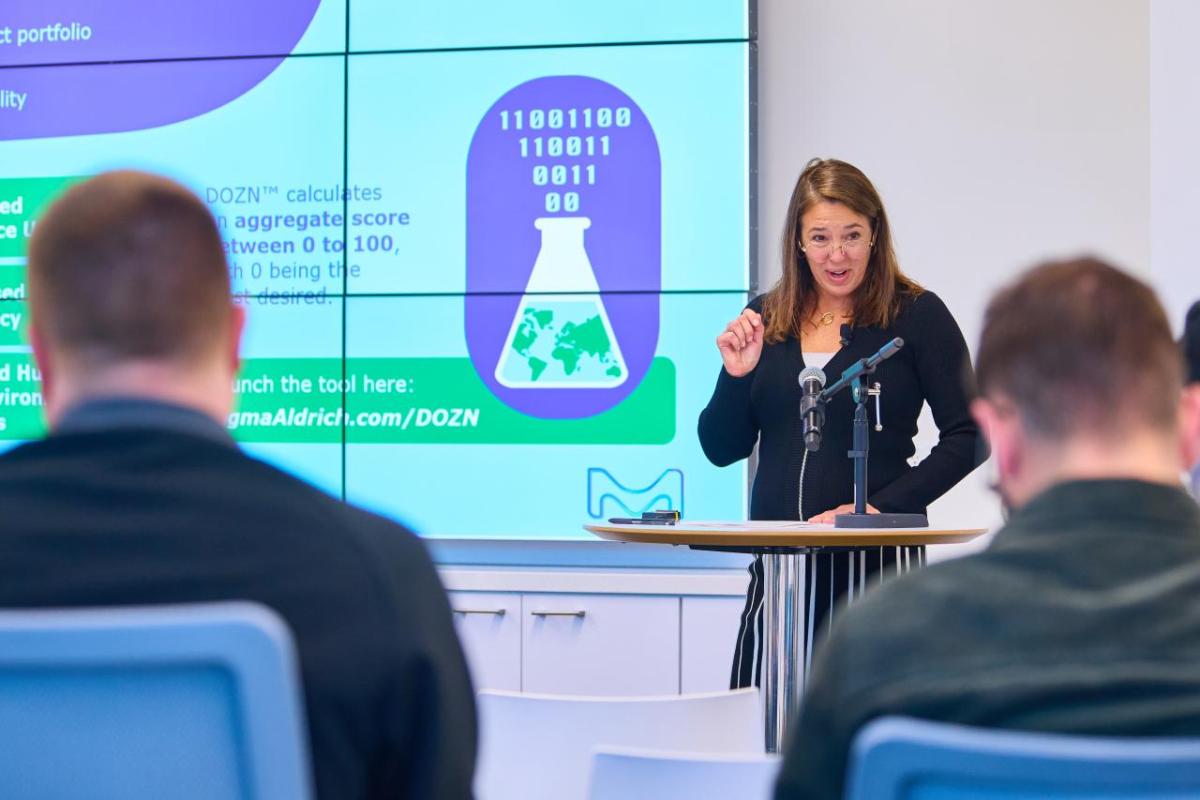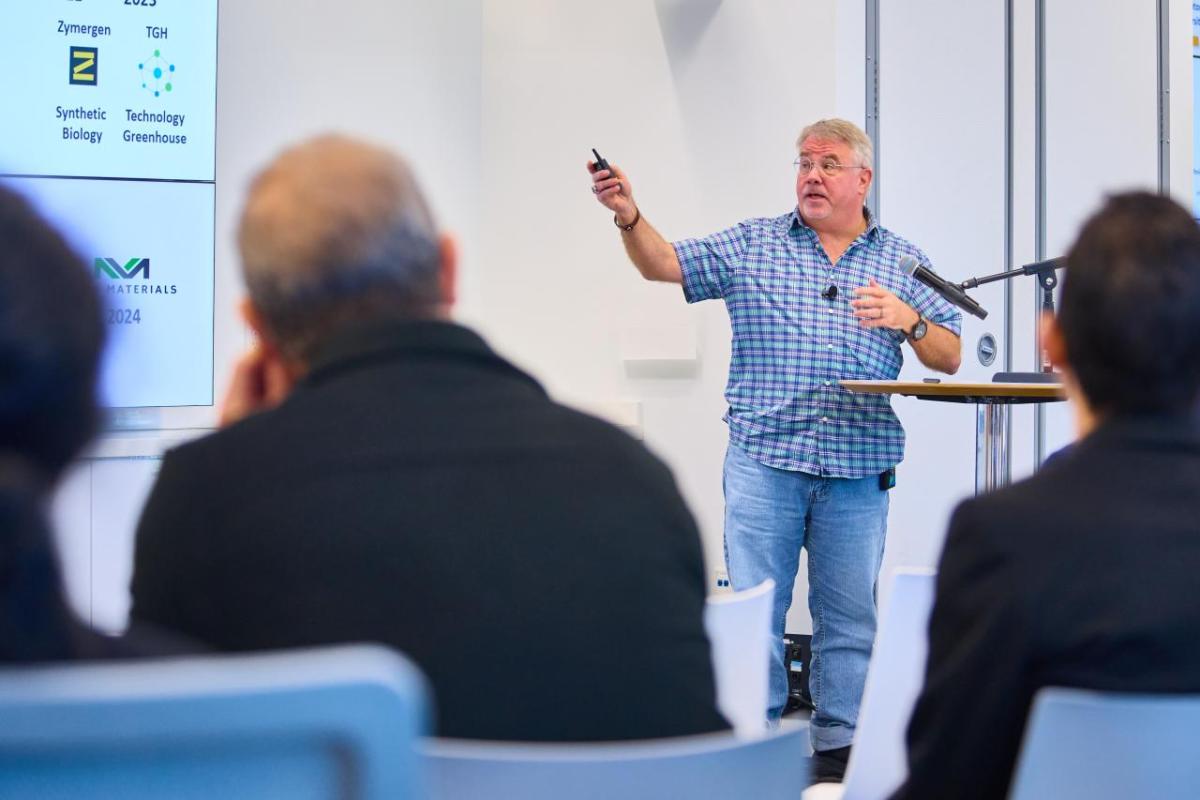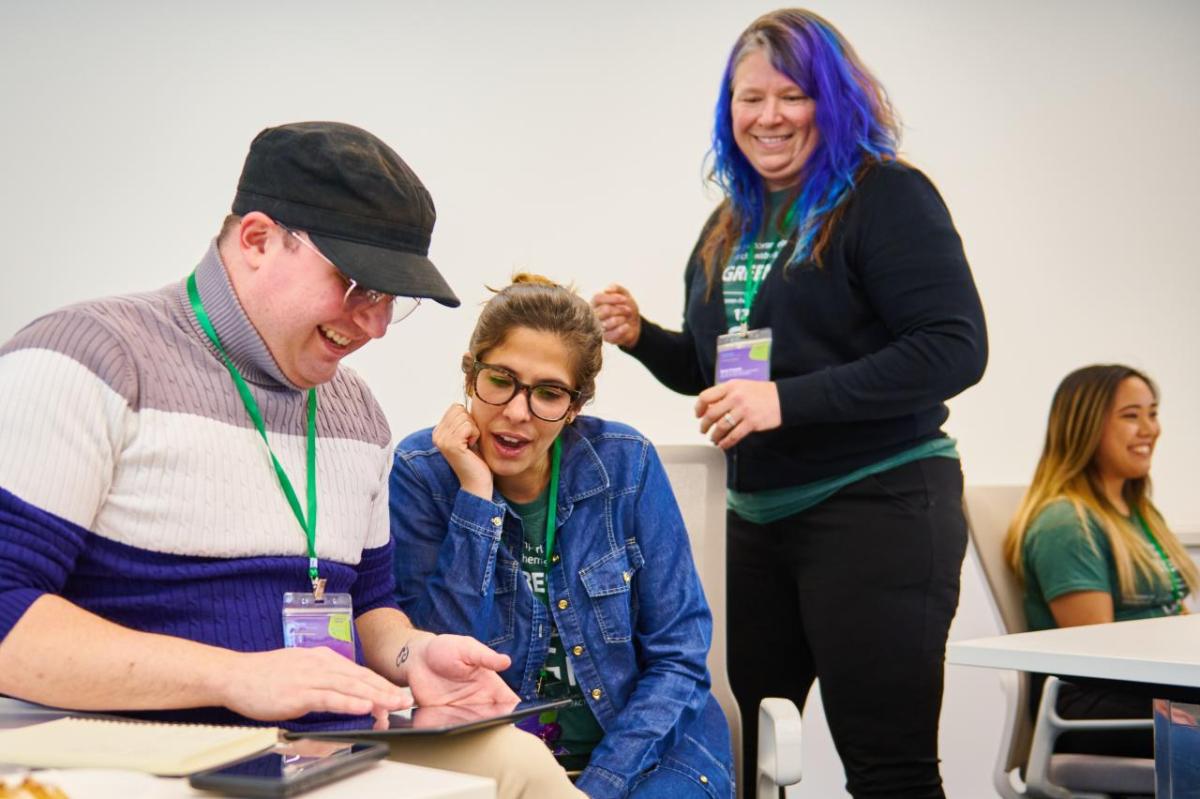How Can We Change Chemistry Education to Enable Industry Innovation?
Authored by: Karen Madden, Chief Technology Officer, the Life Science business of Merck KGaA, Darmstadt, Germany, and Dr. Amy Cannon, Co-Founder and Executive Director, Beyond Benign
Chemistry is integral to life as we know it. It has been formally studied and taught for hundreds of years. Against this timeline, green chemistry is a relatively new concept. It became part of the lexicon following the development of the “12 Principles of Green Chemistry”—a framework for making a greener chemical, process or product—developed by Paul Anastas and John Warner in 1998.
Green chemistry education provides tomorrow’s chemists with a framework for designing chemical products and processes that reduce or eliminate the generation of hazardous substances—which is key to creating a more sustainable future.
We believe that green chemistry education fills another critical role: driving industry innovation.
Despite the differences in their end products or services, businesses across all vertical sectors have one thing in common: Innovate or be left behind.
What if we looked at the imperative for innovation through the lens of sustainability? Furthermore, what if it were possible to address sustainability at the earliest stages of the value chain by better preparing scientists to address hazards and mitigate negative impacts through chemistry?
Our current education systems need to focus more on preparing the next generation of scientists to effectively select and design sustainable chemicals, processes, materials or products. Integrating green chemistry into curriculum and practice in higher education remains a challenge for education systems worldwide. Closing this gap requires approaches like including more green chemistry content in textbooks, providing more resources to develop green chemistry education materials, keeping educators informed about new developments in green chemistry and other factors.
While our organizations come from different places—MilliporeSigma, the U.S. and Canada Life Science business of Merck KGaA, Darmstadt, Germany, is a leading science and technology company; Beyond Benign is a global nonprofit focused on green chemistry education—we share the common goal of expanding access to resources and support that is needed to apply greener practices in chemistry education. It is certainly a complex issue, and one that won’t be solved overnight. But there is progress to celebrate.
We believe that together, we can impact life and health with science. In other words, communication and collaboration is the foundation for continued progress. With this in mind, we recently brought together key stakeholders—industry professionals, green chemistry experts, educators and students—to discuss the crucial link between academic research and industry that is needed to foster collaboration for innovation.
In the room were industry professionals from Seventh Generation, Takeda Pharmaceutical; green chemistry experts including Dr. John Warner, who is a founder of the field of green chemistry and co-author of “Green Chemistry: Theory and Practice”; and educators and students from Brown, Gordon College, Harvard, MIT, Northeastern, University of Massachusetts and Yale, among others.
In some cases, green chemistry education is being driven at the grass-roots level. In fact, during a student-led panel discussion, young voices shared how they started green chemistry organizations at their schools and how to advocate for change at the university level.
It’s clear that today’s students recognize the value and applications of green chemistry. Now, what’s needed is for more academic institutions to incorporate green chemistry into their programs so we can prepare and attract the workforce that is needed to drive product and process innovations that are also less harmful to the environment and society. One important step is to become a Green Chemistry Commitment (GCC) signer, which gives educational institutions visibility, motivation, and ideas for implementing green chemistry across their chemistry department. It helps motivate not only the institutions' faculty and students, but it also promotes the message to other schools, showcasing their commitment towards teaching greener practices in chemistry. There have been over 185 GCC signers to date, reaching more than 4,200 faculty members and engaging over 1 million students each year. Impressive … but there is much more to accomplish.
Meaningful strides in sustainability can only happen when we share best practices and concentrate our efforts on the most impactful areas. The best way to empower our experts in industry is to ensure the next generation of scientists have the resources and support needed to apply greener practices in chemistry at the university level. In many countries, sustainability is not considered a core concept in undergraduate and graduate chemistry education.
And so this begs the question: if we train enough students in the principles of green chemistry, what opportunities could we gain for businesses to positively impact the triple bottom line of profit, people and planet?
Certainly, education is a first step, as it puts the next generation of scientists and innovators on the path to a greener future. Our goal is clear: to expedite our journey towards real, meaningful, and measurable change. By ensuring future scientists are being taught the skills they need, industry can achieve a level of innovation and collaboration where the possibilities are endless.




